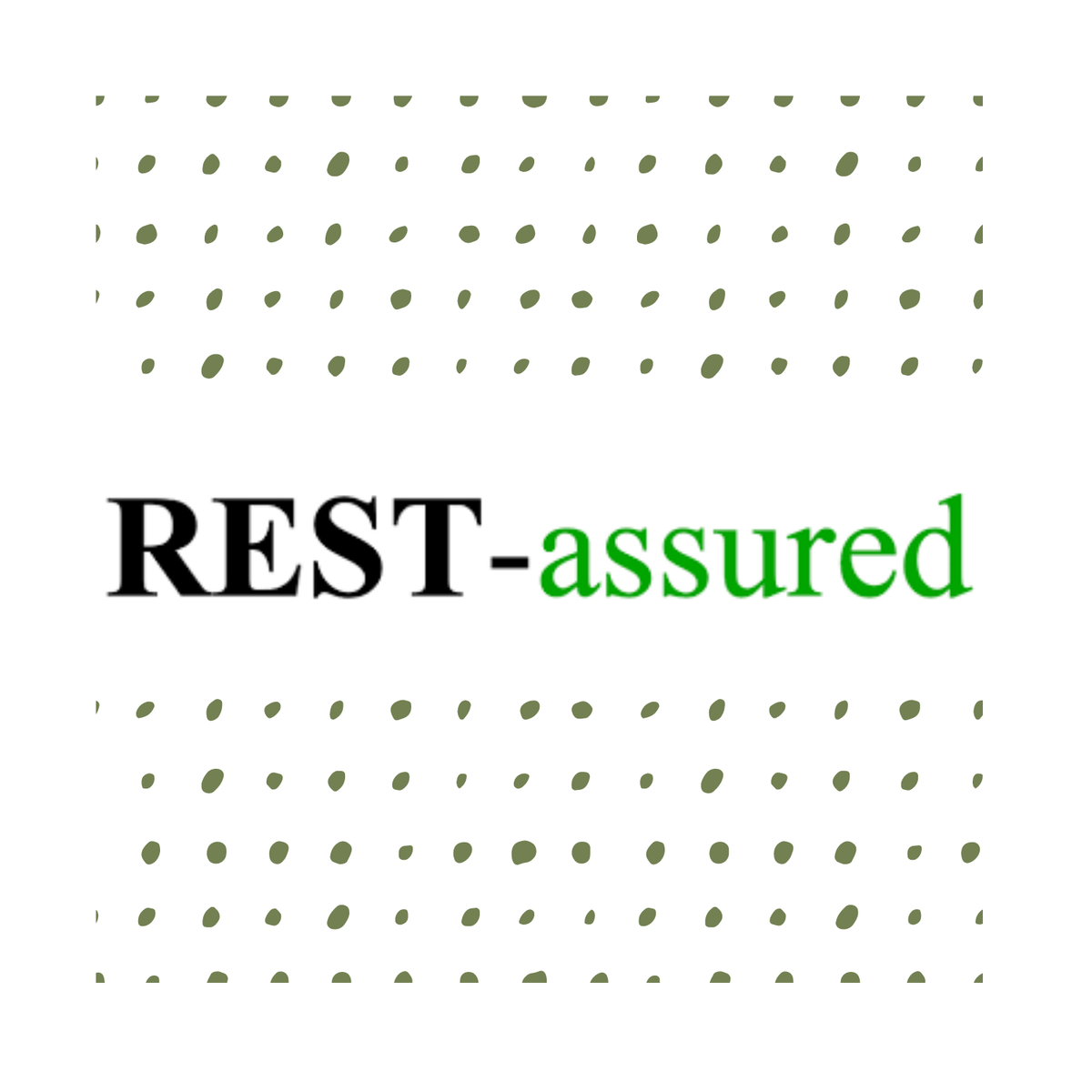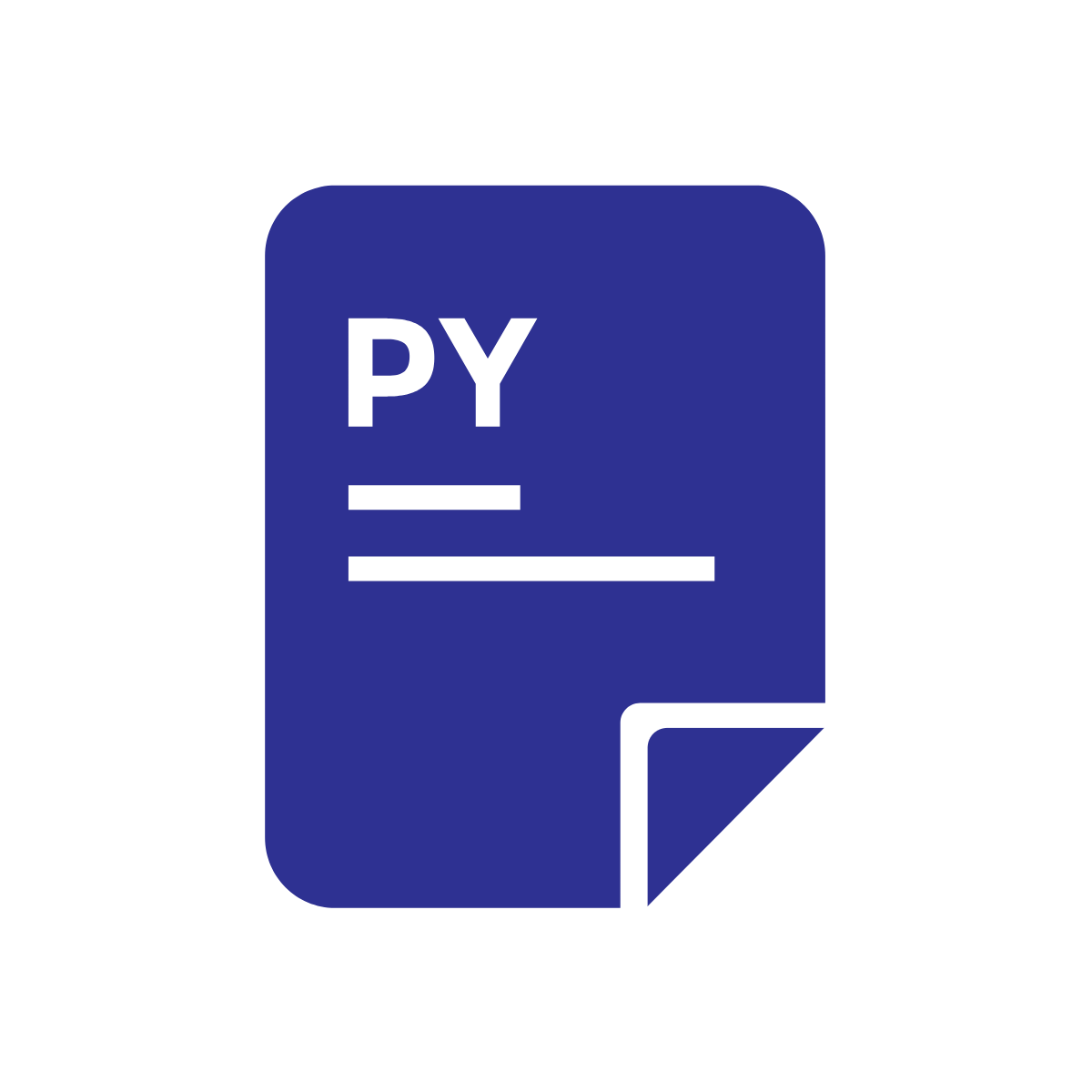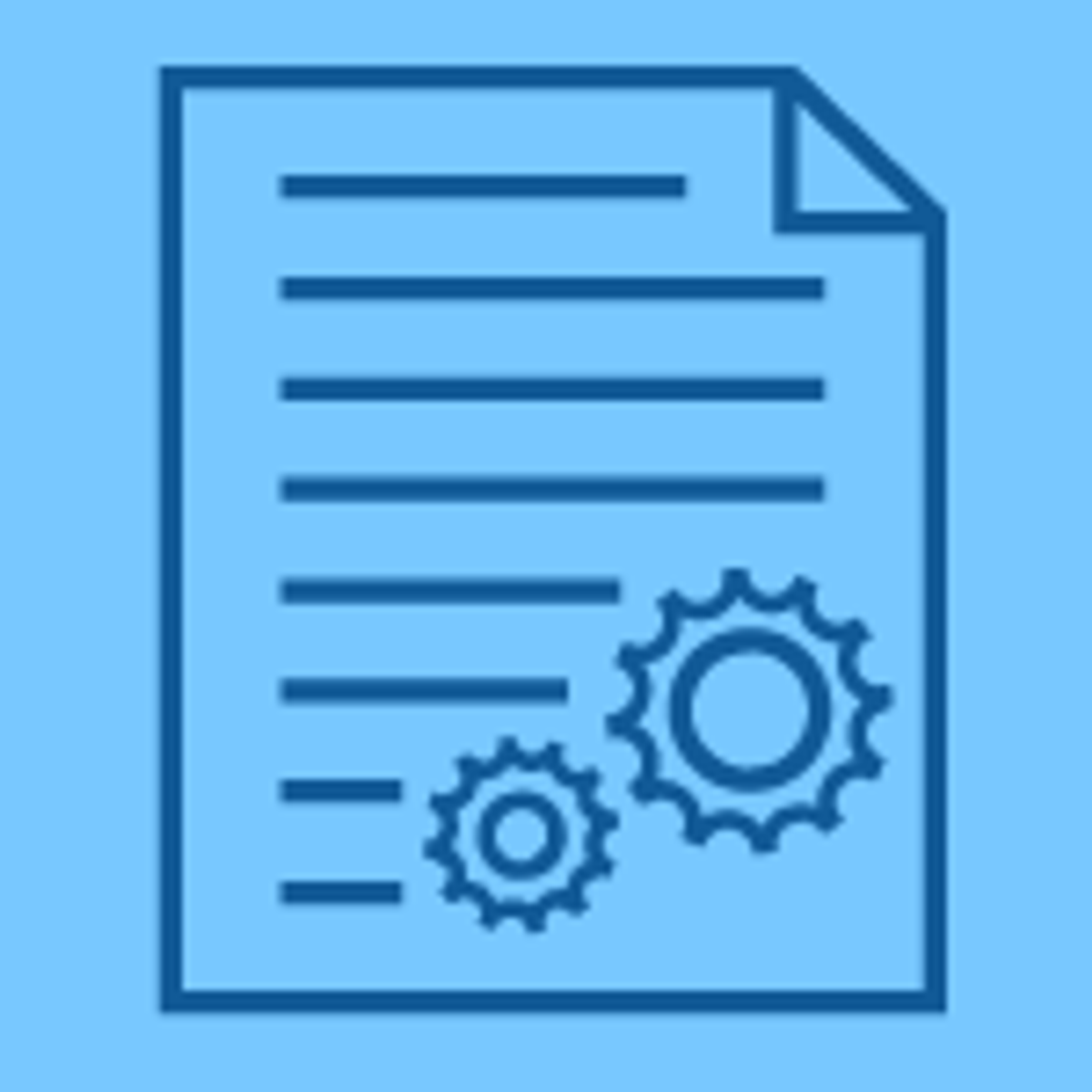Back to Courses









Computer Science Courses - Page 150
Showing results 1491-1500 of 2309

Building API Test Automation Framework Using Rest Assured
API stands for Application Programming Interface which helps two independent software to communicate with each other.
When an application is built, the functionalities are built first as APIs and then integrated with the frontend layer (UI).
Waiting for integration to find bugs in the application will add a lot of costs.
The later the bugs are found in the system, the more cost it adds to the application.
API Testing helps reduce the cost as it will be performed before integration with frontend (or UI).
RestAssured is one of the best test automation tools to test APIs with Java programming language.
It's an open-source tool and is very easy to code using Rest Assured.
This project will provide you step by step instructions to write scripts to automate API testing using Rest Assured and build test automation frameworks, to write reusable components and utilities, to create layered and structured code and generate interactive reports

Python Scripting: Files, Inheritance, and Databases
This course is the third course in a series that aims to prepare you for a role working as a programmer. In this course, you will be introduced to the three main concepts in programming: Files, Inheritance and external libaries. Labs will allow the students to apply the material in the lectures in simple computer programs designed to re-enforce the material in the lesson.

C++ Object Basics: Functions, Recursion, and Objects
Code and run your first C++ program in minutes without installing anything!
This course is designed for learners with limited coding experience, providing a solid foundation of not just C++, but core Computer Science topics that can be transferred to other languages. The modules in this course cover functions, recursion, objects, and mutability. Completion of the prior 2 courses in this specialization are recommended.
To allow for a truly hands-on, self-paced learning experience, this course is video-free. Assignments contain short explanations with images and runnable code examples with suggested edits to explore code examples further, building a deeper understanding by doing. You'll benefit from instant feedback from a variety of assessment items along the way, gently progressing from quick understanding checks (multiple choice, fill in the blank, and un-scrambling code blocks) to small, approachable coding exercises that take minutes instead of hours.

App Engine: Qwik Start - PHP
This is a self-paced lab that takes place in the Google Cloud console.
This hands-on lab shows you how to create a small App Engine application that displays a short message. Watch the short video Build Apps at Scale with Google App Engine.

CAM and Design Manufacturing for Mechanical Engineers with Autodesk Fusion 360
With design for manufacturing, our design process focused on the design over its cost, but always keeping in mind how parts needed to be made. With manufacturing at the core of a design, we're able to fix potential problems in the design phase rather than after production. In many cases, the end product is made up of an assembly of different pieces to simplify manufacturing or to achieve specific design goals. Each piece represents a certain tolerance and put together, things might not work or fit if they weren’t accounted for in the design.
We'll take a closer look at design and detail for manufacture and create toolpaths to cut parts. Even if the end goal as an engineer isn’t to fabricate your own parts, it’s a valuable skill to understand how things are made and what design decisions can ultimately affect how something is created.
After taking this course, you'll be able to:
- Inspect a multicomponent assembly.
- Identify manufacturing methods based on part inspection.
- Create detailed drawings for manufacturing.
- Practice creating toolpaths for manufacture.
Looking for Autodesk Fusion 360 certification prep courses? Check out additional learning resources to help you uplevel your skills: https://www.autodesk.com/learning

Introduction to Unit Testing in Jest - The Fundamentals
In this 1-hour long project-based course on Introduction to Unit testing In Jest, we will get to explore the anatomy of a Jest unit test, and begin writing code and subsequently, the tests for that code using the Jest framework.
By following this course, we will demystify unit tests and understand how we can use them to write better code. we will get practise across the general landscape of the Jest framework to and see how we can use the cool tools provided to us by the awesome Jest developers
We will learn all about the syntax of a test, general rules, common matchers, and then start working with testing in asynchronous code and API fetching and then move on to mocking.
Note: This course works best for learners who are based in the North America region. We’re currently working on providing the same experience in other regions.

Software Development Processes and Methodologies
Software is quickly becoming integral part of human life as we see more and more automation and technical advancements. Just like we expect car to work all the time and can't afford to break or reboot unexpectedly, software industry needs to continue to learn better way to build software if it were to become integral part of human life.
In this course, you will get an overview of how software teams work? What processes they use? What are some of the industry standard methodologies? What are pros and cons of each? You will learn enough to have meaningful conversation around software development processes.
After completing this course, a learner will be able to
1) Apply core software engineering practices at conceptual level for a given problem.
2) Compare and contrast traditional, agile, and lean development methodologies at high level. These include Waterfall, Rational Unified Process, V model, Incremental, Spiral models and overview of agile mindset
3) Propose a methodology best suited for a given situation

Evaluating Designs with Users
When designing systems that work for users, there is no substitute for watching them try to use the system to see what works and what doesn’t.
In this UX course, you will learn how to design and conduct tests with users that will tell you how effective your design is for helping users do what they need to do, and how they feel about using your system.
This course is part of the User Experience (UX) Research and Design specialization offered on Coursera.
What you'll learn:
Identify different approaches to user testing and their appropriate use
Understand how to design an effective user test
Understand how to run an effective user test to get the most information possible out of each encounter
Analyze and report on user testing

Use C# streams to read and write file data
By the end of this project, you will Use C# streams to read and write file data in a C# program.
The C# Stream class is used to process data from various sources including internet data, in-memory data, and file data. The File Stream class implements the Stream class to provide convenient access to file data.

Data Pipelines with TensorFlow Data Services
Bringing a machine learning model into the real world involves a lot more than just modeling. This Specialization will teach you how to navigate various deployment scenarios and use data more effectively to train your model.
In this third course, you will:
- Perform streamlined ETL tasks using TensorFlow Data Services
- Load different datasets and custom feature vectors using TensorFlow Hub and TensorFlow Data Services APIs
- Create and use pre-built pipelines for generating highly reproducible I/O pipelines for any dataset
- Optimize data pipelines that become a bottleneck in the training process
- Publish your own datasets to the TensorFlow Hub library and share standardized data with researchers and developers around the world
This Specialization builds upon our TensorFlow in Practice Specialization. If you are new to TensorFlow, we recommend that you take the TensorFlow in Practice Specialization first. To develop a deeper, foundational understanding of how neural networks work, we recommend that you take the Deep Learning Specialization.
